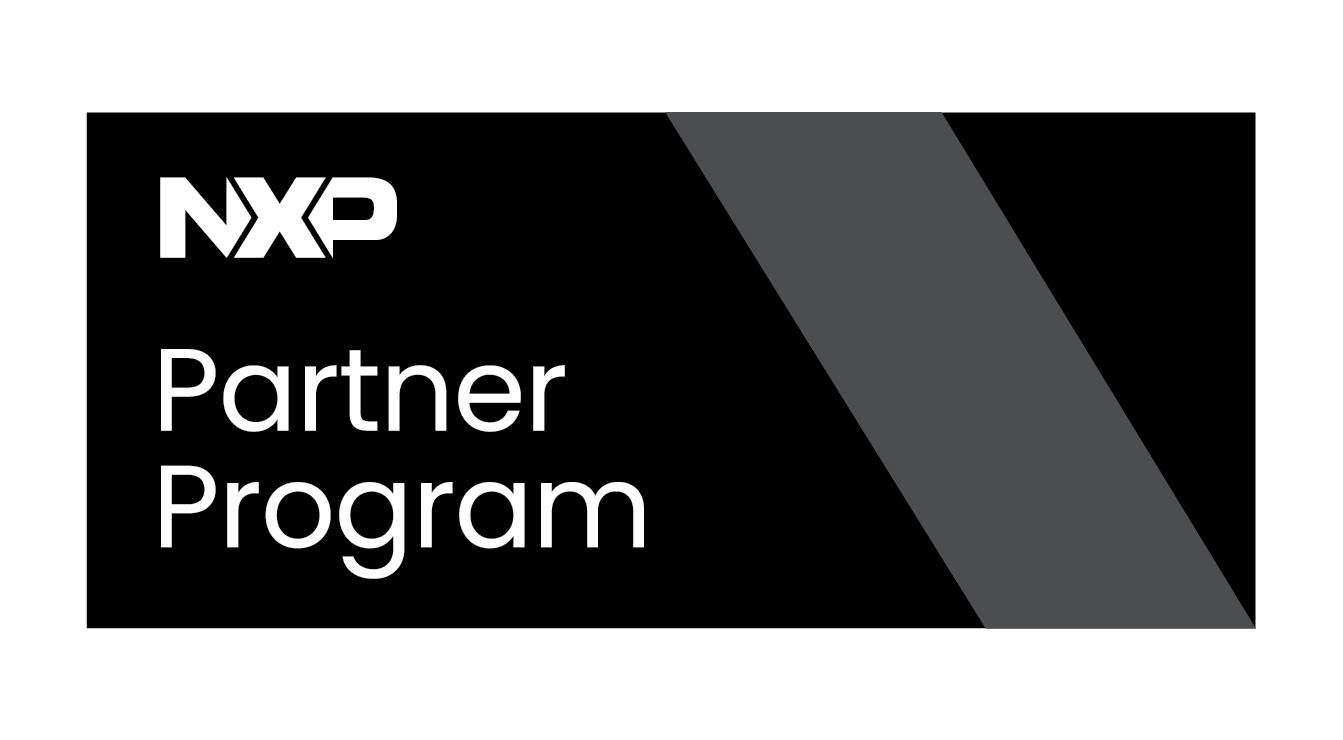RidgeRun Linux Camera Drivers - Understanding Camera Drivers and Interfaces
A Camera driver is a software component that enables communication between the camera hardware and the operating system. It abstracts the hardware specifics, allowing user applications to interact with the camera without needing to know the details of the hardware. These are the main aspects related to a camera driver:
- User Space: This layer includes applications like GStreamer that capture video from the camera.
- Kernel Space: This layer contains kernel drivers that abstract hardware specifics, providing a common API for user space applications.
- Hardware: The physical camera hardware, which varies by vendor and requires specific knowledge to implement kernel drivers.
The camera driver ensures seamless video capture by managing these layers and handling the communication between them.

V4L2 Layer
The V4L2 layer serves as the interconnection between user space and kernel space, providing interfaces for user space applications to communicate with kernel drivers and for drivers to implement various functionalities. V4L2 consists of a two-layer system: the videodev module (top layer) and the client driver (second layer).
The videodev module registers as a character device and calls client drivers through V4L2 driver methods. During driver initialization, a V4L2 driver registers each device with videodev, passing a structure containing V4L2 driver methods and other details. The videodev module then translates file and inode structure pointers into V4L2 structure pointers and calls the V4L2 driver's method. Both videodev and V4L2 drivers are implemented as modules, with videodev acting as a thin shell around V4L2 drivers.
Capture Driver
This is the next abstraction layer; it communicates with the V4L2 layer, abstracting processor specifics and configuring the processor for capturing. To make a capture driver available, it must register first as a regular driver and then as a capture driver. The driver initializes by setting up structures, allocating memory, and registering the device with the kernel. It handles file operations (open, close, read) and Input/Output Controls (IOCTLs) for video capture, ensuring smooth communication between user space applications and hardware.
Camera Driver
The camera driver is responsible for directly communicating with the camera sensor, handling the specific details to ensure it works correctly with the system. To make the camera driver available, it needs to be registered as a regular driver and as a capture driver to be available to the system. During initialization, the driver checks for the correct sensor and sets up the necessary configurations if the sensor is found. It uses specific operations to configure and control the sensor, ensuring it captures video as needed.





